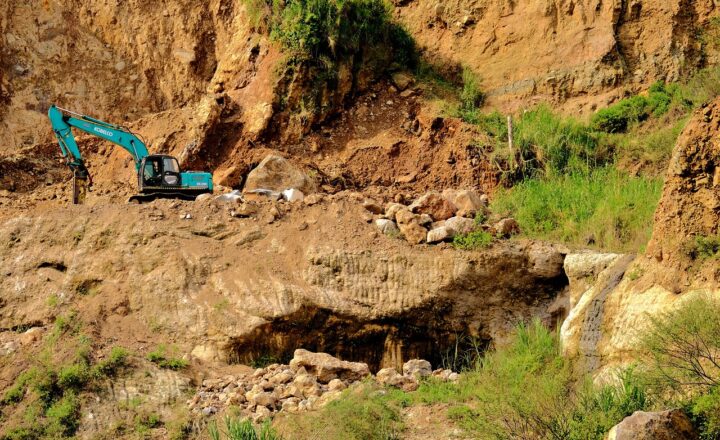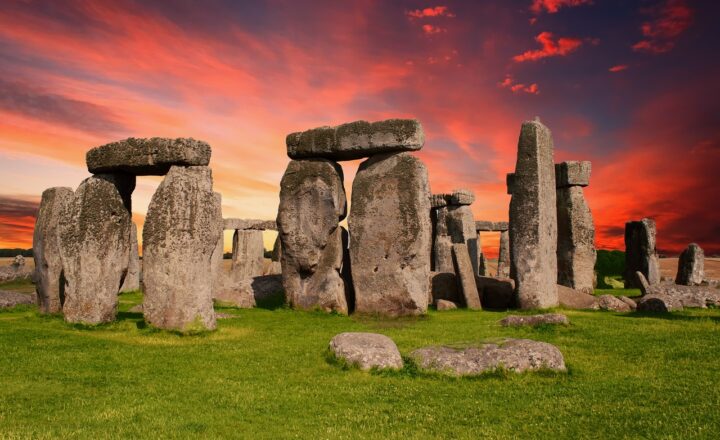The Ancient Olmec Civilization and Their Colossal Stone Heads: A Forgotten Mystery
November 15, 2024

The Olmec civilization, which thrived in Mesoamerica from around 1200 BCE to 400 BCE, is often regarded as the first major civilization in Mexico. Renowned for their colossal stone heads, the Olmecs left a profound mark on the cultural landscape of ancient civilizations in Mexico and beyond. Despite their contributions, much about the Olmecs remains enigmatic, making them a fascinating subject for historians and archaeologists alike.
1. The Origins of the Olmec Civilization
The Olmec culture emerged in the tropical lowlands of south-central Mexico, particularly in the states of Veracruz and Tabasco. The terrain, rich in natural resources, supported complex societies. Archaeological evidence suggests that the Olmec people engaged in agriculture, constructing extensive irrigation systems that allowed them to thrive in their environment.
Among their achievements, the Olmecs are believed to have created one of the first writing systems and the concept of a calendar that influenced later Mesoamerican civilizations. Their achievements set the stage for the rise of subsequent cultures such as the Maya and Aztec.
2. The Colossal Stone Heads: A Defining Feature
Perhaps the most iconic legacy of the Olmec civilization lies in their colossal stone heads. Crafted from basalt, these monolithic sculptures typically measure between 5 and 11 feet tall and weigh several tons. Archaeologists have unearthed around 17 known heads at various sites including San Lorenzo, La Venta, and Tres Zapotes.
Each head is believed to represent a specific ruler or elite individual, with distinct facial features that reflect a degree of individuality. These monumental artworks are a testament to the Olmec’s advanced sculptural techniques and their spirituality, as they likely had a religious and societal significance.
3. Theories Surrounding the Colossal Heads
The precise purpose of the colossal heads remains contentious among scholars. Some theories suggest these heads served as commemorative monuments for rulers, symbolizing their power and importance in Olmec society. Others propose that they may have had ritualistic functions.
Moreover, the heads’ locations, often placed in ceremonial centers, hint at their role in political and religious life. The craftsmanship involved indicates that they were created with significant investment of labor and resources, emphasizing their importance to the Olmec identity.
4. Artistic Techniques and Materials
The Olmecs demonstrated remarkable skill in stone carving, with tools made from obsidian and harder stones being used to shape the colossal heads. The choice of basalt is significant; it was transported over long distances from quarries to sculptural sites, revealing a sophisticated understanding of trade and resource management.
An analysis of the heads reveals intricate details of facial expressions and headdresses, suggesting a high level of artistry and cultural significance. The stylistic features of the heads have led some to draw parallels between the Olmec civilization and later Mesoamerican cultures, hinting at shared cultural elements.
5. Decline and Legacy of the Olmec Civilization
As mysteriously as they rose, the Olmec civilization began to decline around 400 BCE. Factors contributing to their decline could include environmental changes, resource depletion, or social upheaval. Regardless of the reasons, the Olmec influence persisted long after their civilization fragmented.
Their innovations in governance, art, and spirituality laid the groundwork for subsequent civilizations. The symbolic use of jaguars, the ballgame, and artistic styles can be traced back to Olmec traditions and had lasting influences on Mesoamerican cultures.
6. Modern Discoveries and the Importance of Olmec Studies
In recent decades, archaeological efforts have provided new insights into the Olmec civilization. Advances in technology, such as ground-penetrating radar and aerial photography, have led to the discovery of new sites and further understanding of Olmec urban planning.
The continued study of the Olmec civilization enhances our understanding of Mesoamerican history, challenging preconceived notions about the timeline of cultural development in the region. The Olmecs were not merely predecessors to the Maya or Aztec; rather, they were a distinct civilization with unique contributions.
Conclusion: Revisiting the Olmec Legacy
The Olmec civilization represents a compelling chapter in the story of human development. Their colossal stone heads remain a symbol of their enigmatic culture and have captivated generations of explorers, historians, and archaeologists. The legacy of the Olmecs continues to inspire curiosity, serving as a reminder of the complex societies that existed long before our modern world.
As we unearth more about this ancient civilization, we gain insight not only into their lives but also into the foundations of human civilization itself. Understanding the Olmec allows us to appreciate the richness of cultural diversity and the interwoven histories of indigenous peoples in the Americas.
Whether for their art, political structure, or spiritual beliefs, the Olmecs stand as a testament to the complexity of early human societies and invite us to explore the mysteries of our shared past.








